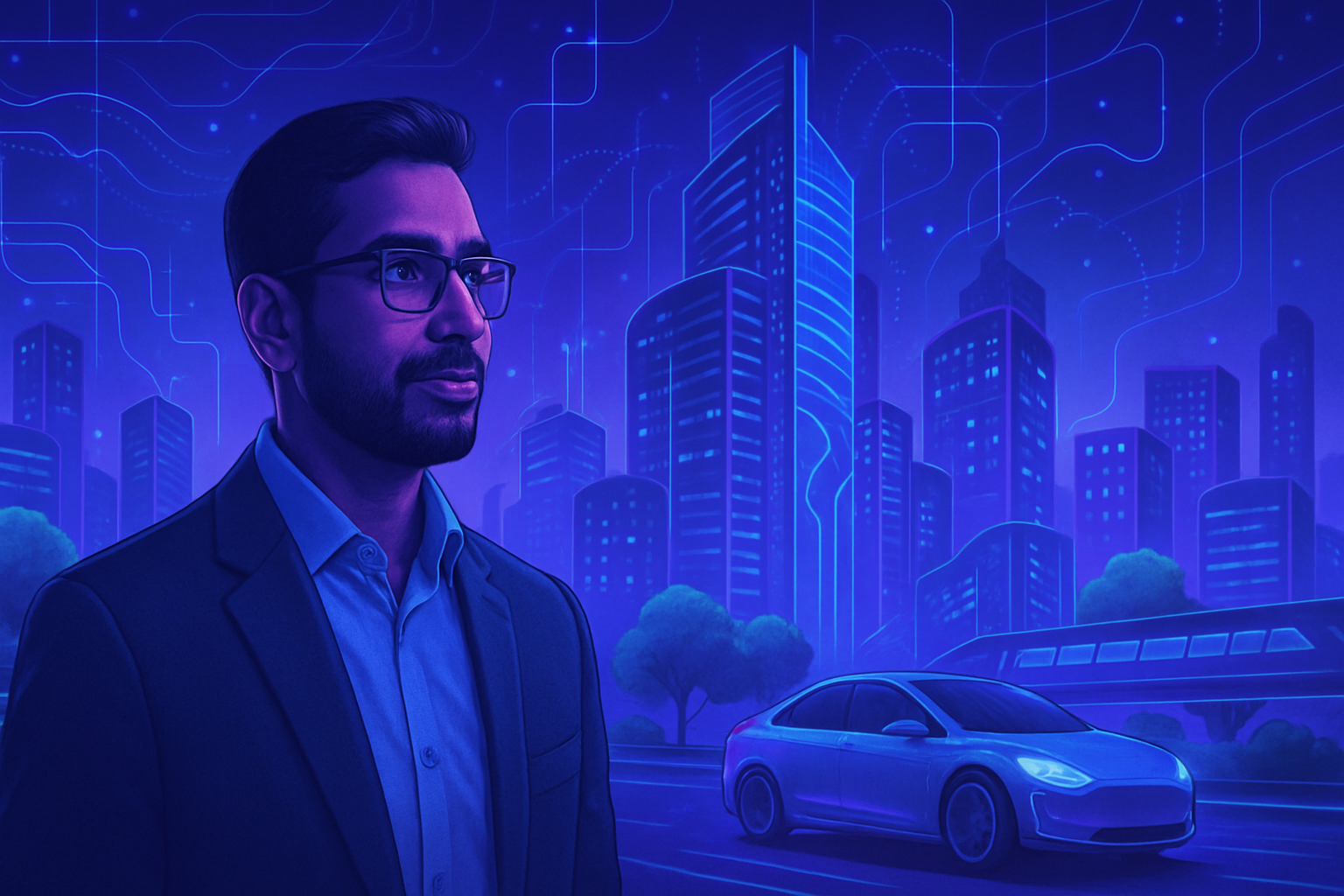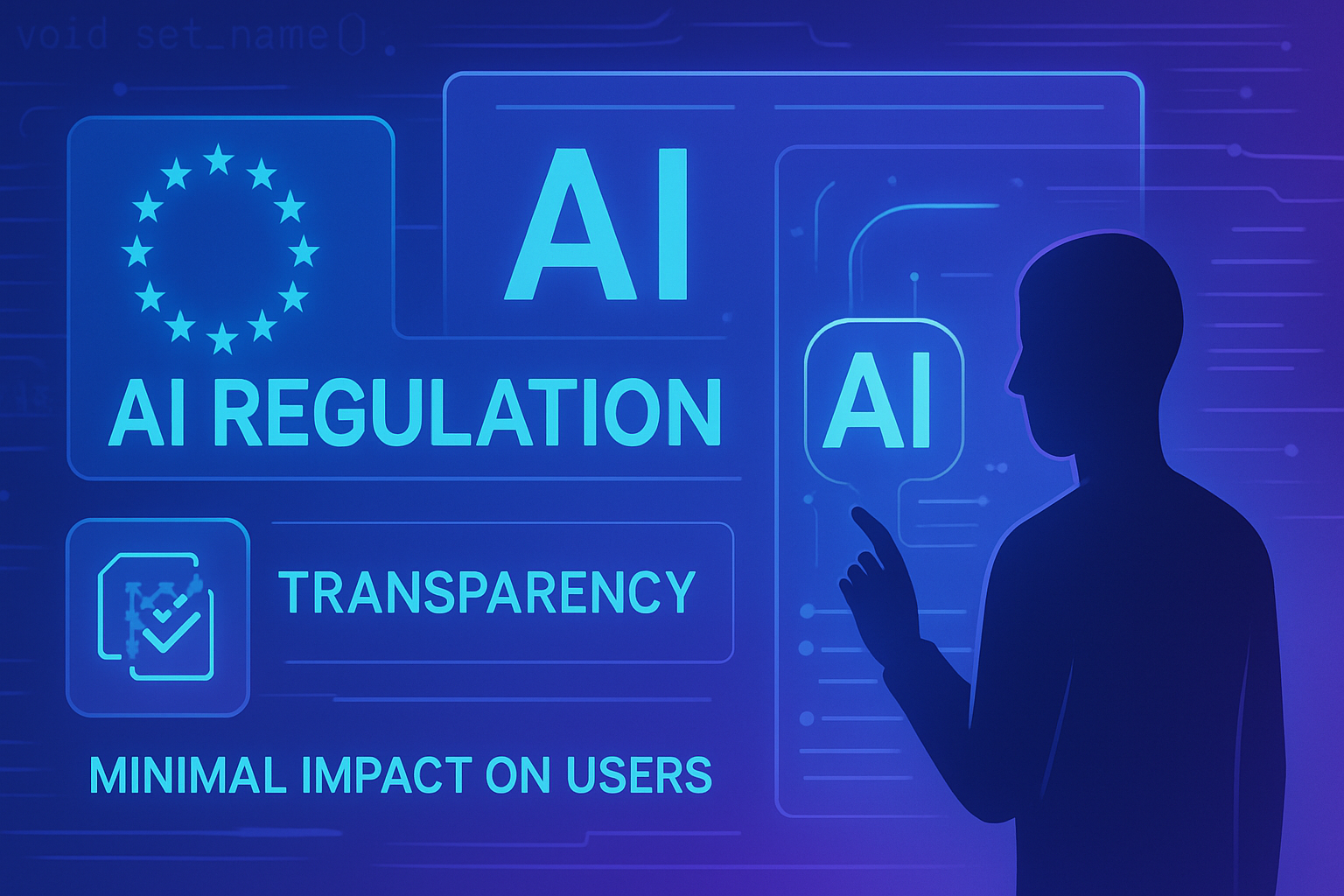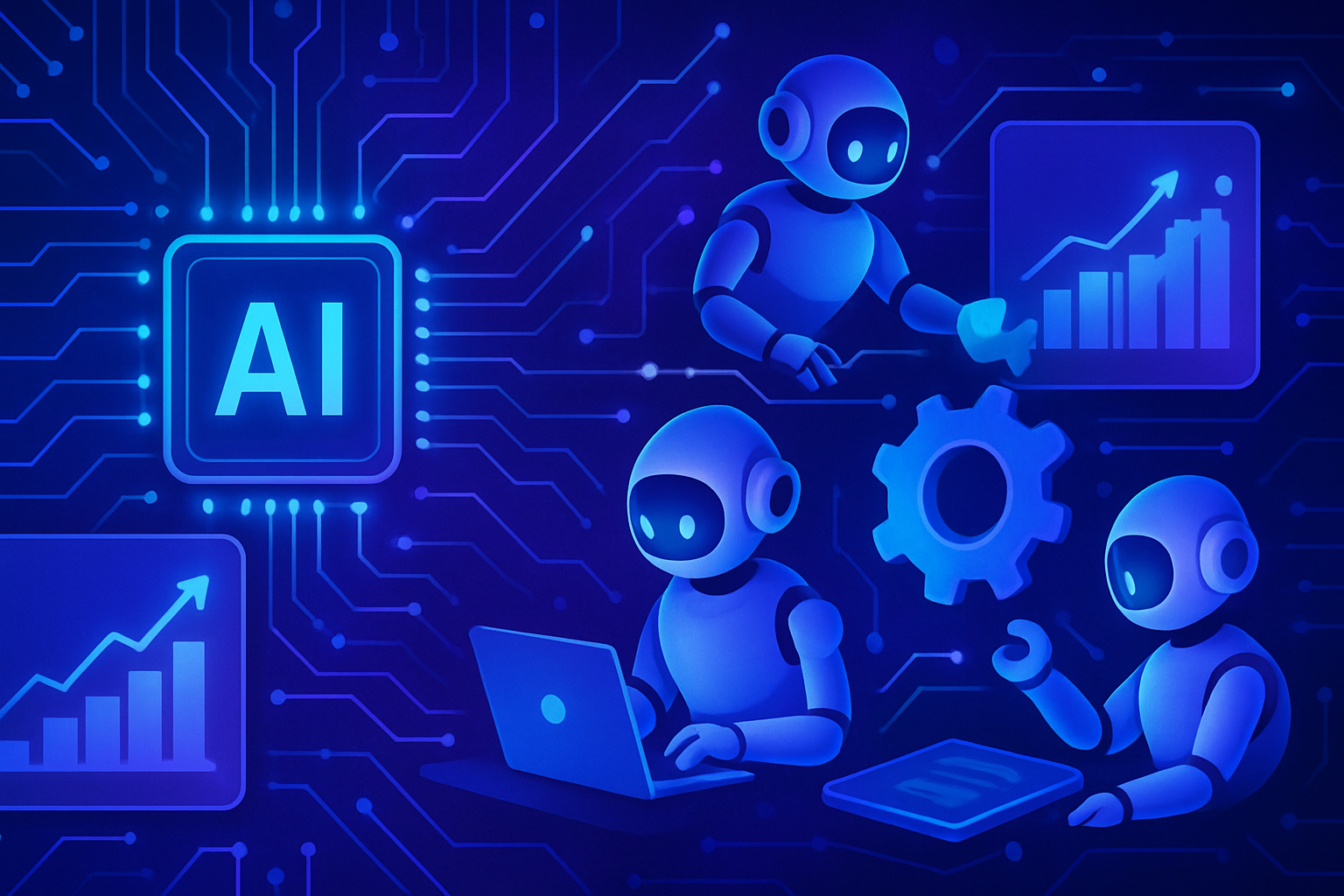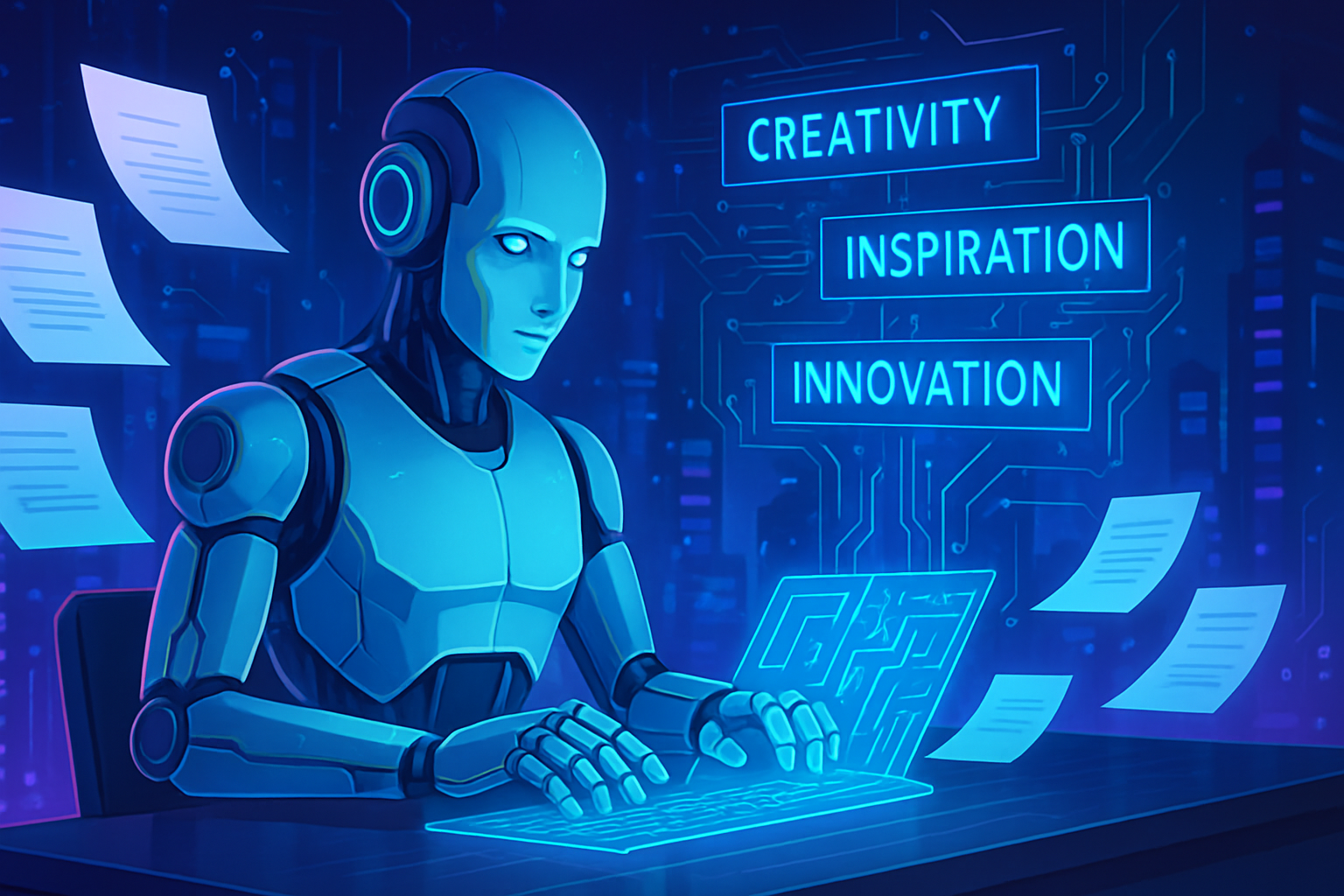The future of cities is being shaped under the growing influence of artificial intelligence. Every architectural project involves choices that determine the quality of life for city dwellers. Shah Muhammad, an emblematic figure at Sweco, embodies this technological revolution through the optimization of urban processes.
_At the crossroads of creativity and innovation, AI is shaping the infrastructure of tomorrow._ Environmental and societal challenges demand bold responses for sustainable urban environments. The intelligibility of predictive models and their adaptation to changing realities are redefining the contours of our cities.
Shah Muhammad and Innovation in Urban Planning
Shah Muhammad, head of innovation in artificial intelligence at Sweco, shares his vision for urban futures.
This engineering and design agency is revolutionizing the way cities are conceived. The integration of AI transforms a traditionally long and complex process into an agile and dynamic approach.
A New Model of Urban Planning
The challenges related to road congestion and the energy consumption of new buildings raise essential questions.
AI now allows urban planners to “test” various options before any excavation. This paradigm shift opens the way to more adaptable cities.
Data Analysis and Simulations
Artificial intelligence gives teams the ability to analyze massive amounts of data. It simulates different scenarios to determine the most effective solutions.
This optimization of processes contributes to better decision-making, thus fostering more sustainable urban environments.
Challenges to Overcome
The reality of the world is far from a simple simulation. Shah Muhammad emphasizes the inherent complexity of real-world conditions, which are often unpredictable.
Weather surprises and the uncertainties of human life complicate the application of models derived from AI.
Ensuring Data Quality
A central point lies in data quality. The Sweco team applies rigorous data governance practices to ensure their reliability.
The standardization of formats and the use of interoperable software tools facilitate effective collaboration among teams.
A Commitment to Sustainability
Projects integrating AI have a measurable impact on sustainability. Shah highlights an exemplary project where AI helps preserve biodiversity.
This technology identifies endangered species and informs researchers, thus helping to preserve valuable habitats.
An Integrated Ecological Awareness
Here, AI acts as a defender of nature during planning meetings. It “speaks out” to protect fragile ecosystems.
This innovative approach allows for the reconciliation of urban development and environmental respect.
The Future of AI in the Construction Sector
The prospects for AI in the architecture, engineering, and construction (AEC) sector are promising. Shah envisions an increasing use of predictive analytics and automation.
This could revolutionize urban development by anticipating future trends and proactively identifying potential issues.
Resource Optimization and Cost Reduction
A wider adoption of these technologies would lead to safer and less expensive projects.
The facades of bridges, road infrastructures, and other essential elements would benefit from improved design, thereby minimizing repairs and interruptions to daily life.
Upcoming Event
Shah Muhammad will present his ideas at the AI & Big Data Expo Europe in Amsterdam on September 24 and 25, 2025.
His talk will focus on the use of generative AI and intelligent process automation. These discussions reveal the growing impact of AI on the future of our cities.
For more information, please check the following links: Apple and AI, Meta and the loss of leadership, Netflix and generative AI, AI and political opinions, Chatbots and propaganda.
Frequently Asked Questions about Shah Muhammad from Sweco: How Artificial Intelligence is Shaping the Future of Our Cities
How does artificial intelligence improve urban design according to Shah Muhammad?
Shah Muhammad states that artificial intelligence revolutionizes urban design by optimizing processes, improving decision-making, and enhancing sustainability outcomes.
What role does data analysis play in urban planning?
Data analysis enables urban planning teams to simulate different scenarios, helping them to consider multiple future options before actual construction.
What challenges are faced when applying data-driven models in real-world environments?
The complexity and variability of real-world conditions present the main challenge, as it is crucial for models to adapt to these changing conditions.
How can data quality used for artificial intelligence be ensured?
To ensure data quality, Sweco implements rigorous data governance practices, standardizes data formats, and uses interoperable software tools.
What advancements in sustainability has artificial intelligence enabled in urban projects?
Projects utilizing artificial intelligence have helped preserve biodiversity, for example by identifying endangered species and providing relevant information to researchers.
What are the potential benefits of predictive analytics and automation in the architecture and engineering sector?
Predictive analytics and automation can enhance efficiency, reduce costs, and improve the overall quality of projects by anticipating future trends and identifying potential problems early.
How can artificial intelligence help reduce urban pollution?
By optimizing the design of neighborhoods and planning intelligent infrastructures, artificial intelligence can decrease road congestion and reduce levels of air pollution.
What types of technologies does Sweco use to facilitate collaboration among teams?
Sweco uses interoperable software tools to enable smooth data exchange and effective collaboration between different teams and stakeholders.






